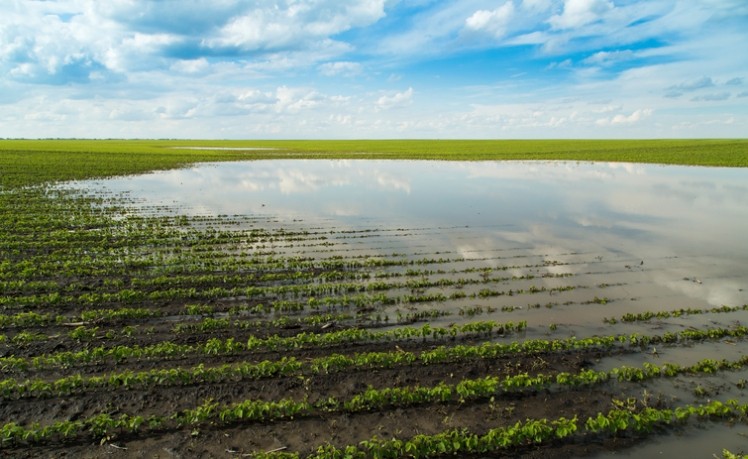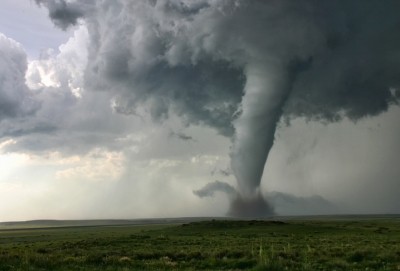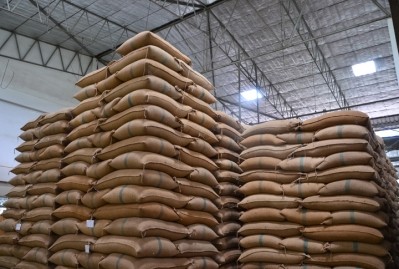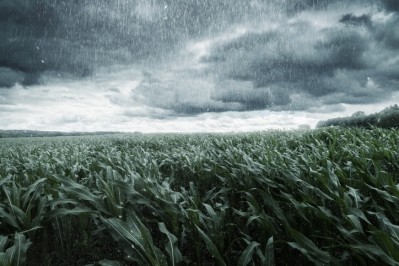North Carolina agricultural producers face $1.1bn storm damage

Initial estimates of agricultural losses from the storm that hit earlier in September were released Wednesday [September 27] by that agency.
The cost outstrips damage reported from Hurricane Matthew, which struck in 2016 and caused about $400m in agricultural-related damage.
The damage was increased for producers as this year’s Hurricane Florence arrived during harvest for several of the state’s largest crops, said Steve Troxler, North Carolina agricultural commissioner. The storm also damaged production in the six largest agricultural counties in the state.
Within the total agricultural damage assessment, losses for feed and row crops are estimated to be about $989.6m, said NCDA. The estimates were determined based on the percentage of crops that had not been harvested for the 35 counties that saw the most effects from the storm.
Combined livestock, poultry and aquaculture losses are forecast to be $23.1m covering about 4.1m birds and 5,500 hogs, the department reported.
Additionally, there are some remaining concerns about the usability of crops that were flooded, either in the field or in storage, said a spokesperson with the department.
“If a crop that was in storage before the storm received flood damage then it cannot be used for human consumption,” she told us. “However, it can go through a request process with the NCDA&CS Food and Drug Protection Division Feed Section to be used for animal feed.”
Producers with flooded grains or crops can request that the products be diverted to animal feed if they passed the testing. However a diversion request that outlines the process used to assure its safety has to be completed and submitted to the North Carolina Department of Agriculture and Consumer Services and Drug Protection Division, the department said. Farms will not be charged for the testing.
Flooding and grain use
Feed and food crops that were exposed to floodwater are considered to be adulterated by the US Food and Drug Administration (FDA), said NCDA. The feed crops also cannot be used in animal feed without going through a testing process.
The testing process done by the department in conjunction with the FDA and North Carolina State University is used to ensure that any flooded feed ingredients are safe before they would be used in feed, the spokesperson added.
The FDA guidance includes row crops like corn, underground crops including sweet potatoes and commodities including grains and corn that have been stored “in bulk,” the NCDA said. It applies to crops or grains that were flooded with water coming from rivers, creeks or streams – water that pools or rainwater that collects in fields is considered to be different than floodwater.
Floodwater can carry harmful organisms, pesticides, chemical waste, sewage or other substances, said Troxler. Additionally, feed ingredients that have become wet could generate molds.
South Carolina damage assessment and recovery
In addition to the damage reported in North Carolina efforts have also started to assess crop damage in South Carolina from the storm and flooding.
The state did not see total crop loss for its major plantings, though feed crops like soybeans took damage from high winds, reported the South Carolina Department of Agriculture.
The estimate financial account of damage is forecast to fall between what was recorded during a 1000-year flood event, more than $330m, and Hurricane Matthew, about 5$5m, said Hugh Weathers, South Carolina commissioner of agriculture, in a release. However, he added crop damage from natural disasters is becoming too familiar.
“We must be certain that agriculture is at the table and included when we analyze the financial impact of Florence,” he said. Agriculture needs to be included as a part of the losses reported to the federal government.
The USDA is encouraging farmers and livestock producers who took damage or lost livestock from the storm to sign up for the Environmental Quality Incentives Program. There also is a special sign up to address livestock mortality and carcass disposal through the Natural Resources Conservation Service (NRCS).












